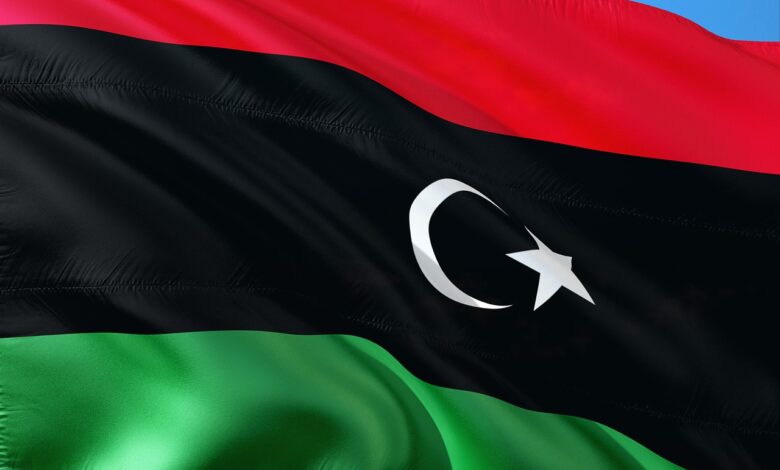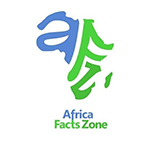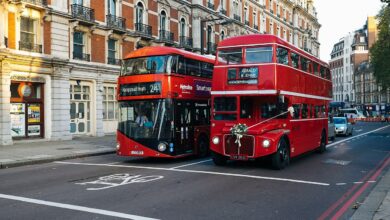Libya Facts, History, Culture & Travel – Africa Facts Zone
Exploring A Land of Diversity and Resilience

Libya: Country in North Africa
Location: Borders the Mediterranean Sea to the north, with Egypt to the east, Sudan to the southeast, Chad to the south, Niger to the southwest, Algeria to the west, and Tunisia to the northwest.
Capital and Largest City: Tripoli
Official Language: Arabic
Population Estimate (2023): 7,252,573
Area: 1,759,541 km² (679,363 sq mi) – the 16th-largest in the world
Independence: Declared from Italy on 10 February 1947, Kingdom established on 24 December 1951
Religion: Islam (96.6% Sunni Muslims)
Libya, a North African country with a rich history and diverse culture, has faced its fair share of challenges in recent years.
From political instability to economic turmoil, the nation has shown remarkable resilience in the face of adversity. In this comprehensive article, we’ll delve into the heart of Libya, exploring its geography, culture, and the ongoing efforts to restore stability and prosperity to this captivating land.
Geography and Climate
Libya is a vast country, with the majority of its territory covered by the Sahara Desert. Despite its arid climate, Libya boasts a stunning coastline along the Mediterranean Sea, stretching from the border with Tunisia in the west to Egypt in the east.
The country is divided into three historical regions: Tripolitania in the northwest, Cyrenaica in the east, and Fezzan in the southwest.
Historical Overview
Ancient Civilizations
Libya’s history dates back thousands of years, with evidence of human habitation dating back to the Stone Age. The region has been home to various ancient civilizations, including the Phoenicians, Greeks, and Romans, who left their mark on the country’s cultural heritage.
Colonial and Post-Colonial History
In the 19th century, Libya came under the control of the Ottoman Empire, before being colonized by Italy in the early 20th century.
Also Read: Gambia Facts, History, Culture & Travel – Africa Facts Zone
Libya gained independence in 1951, becoming a constitutional and hereditary monarchy under King Idris. In 1969, a military coup led by Muammar Gaddafi overthrew the monarchy, ushering in a period of authoritarian rule that lasted until Gaddafi’s death in 2011 during the Arab Spring uprisings.
Cultural Heritage
Traditional Practices
Libya’s culture is a rich tapestry of influences, from its Berber roots to the impact of Arab, African, and Mediterranean cultures. Traditional practices, such as weaving, pottery, and metalwork, continue to thrive in various parts of the country.
Modern Influences
While traditional practices remain important, Libya has also embraced modern influences, particularly in its cities. Tripoli, the capital, is a bustling metropolis with a vibrant arts scene and a growing culinary culture.
Political Landscape
Current Government Structure
Since the overthrow of Gaddafi in 2011, Libya has struggled to establish a stable political system. The country is currently divided between two rival governments: the Government of National Unity (GNU) based in Tripoli and the Libyan National Army (LNA) based in the east.
Recent Political Developments
In recent years, there have been attempts to reconcile the differences between the two governments and hold elections. However, progress has been slow, and the political situation remains fragile.
Economic Overview
Natural Resources
Libya’s economy is heavily dependent on its vast oil and gas reserves, which account for a significant portion of the country’s GDP. However, the ongoing political instability has disrupted oil production and exports, leading to economic hardship for many Libyans.
Also Read: Ethiopia Facts, History, Culture & Travel – Africa Facts Zone
Impact of Conflicts on the Economy
The conflicts in Libya have had a devastating impact on the country’s infrastructure and economy. Many businesses have been forced to close, and unemployment rates have soared. The COVID-19 pandemic has further exacerbated the economic challenges facing Libya.
Storm Daniel’s Impact on Eastern Libya
In September 2023, a devastating natural disaster struck eastern Libya when Storm Daniel unleashed heavy rains and fierce winds. The storm caused widespread damage to homes, infrastructure, and agricultural lands, leaving many communities in need of urgent assistance.
Conclusion
Despite the challenges it faces, Libya remains a country of immense potential. With its rich history, diverse culture, and abundant natural resources, Libya has the opportunity to emerge from its current difficulties and chart a course towards a brighter future.
However, this will require a concerted effort from all stakeholders, including the international community, to support the Libyan people in their quest for stability, prosperity, and peace.
FAQs
What is the capital of Libya?
The capital of Libya is Tripoli.
What are Libya’s main economic activities?
Libya’s economy is largely based on oil and gas production.
How is the political situation in Libya?
The political situation in Libya remains complex and unstable, with two rival governments vying for control of the country.
Is Libya safe for tourists?
Travel to Libya is currently discouraged due to safety concerns.
What languages are spoken in Libya?
Arabic is the official language, with English and Italian also spoken.
What are common Libyan dishes?
Common dishes include couscous, bazin, and various meat and vegetable stews.
What is Libya’s role in regional politics?
Libya plays a significant role in North African and Mediterranean politics.





